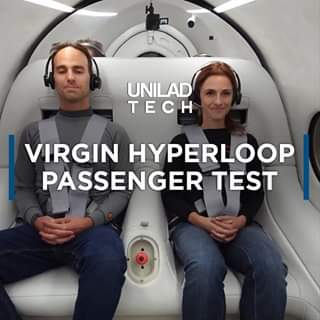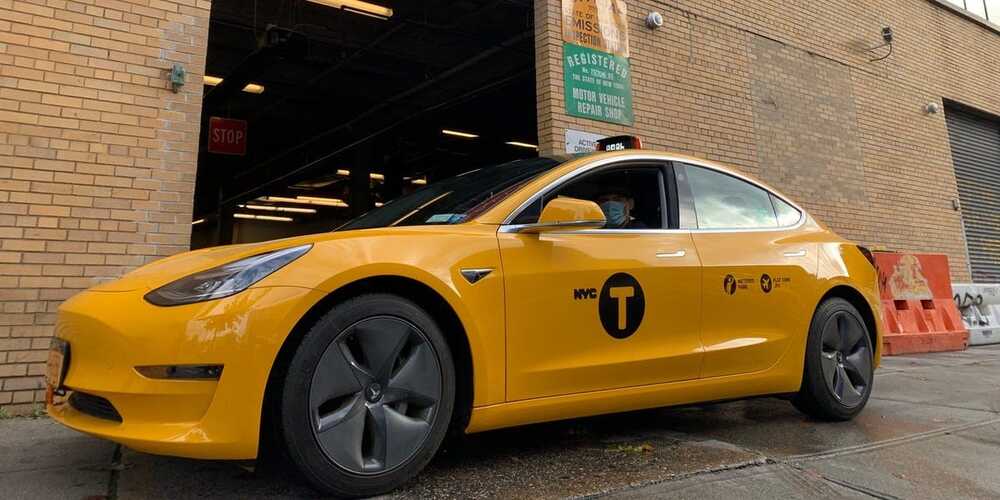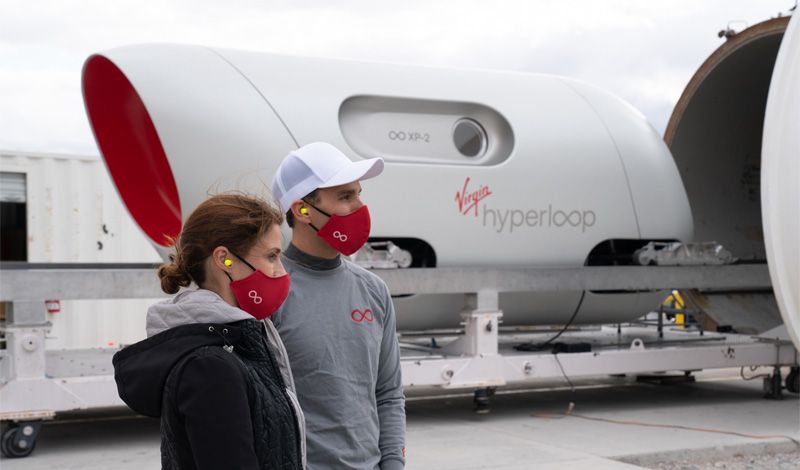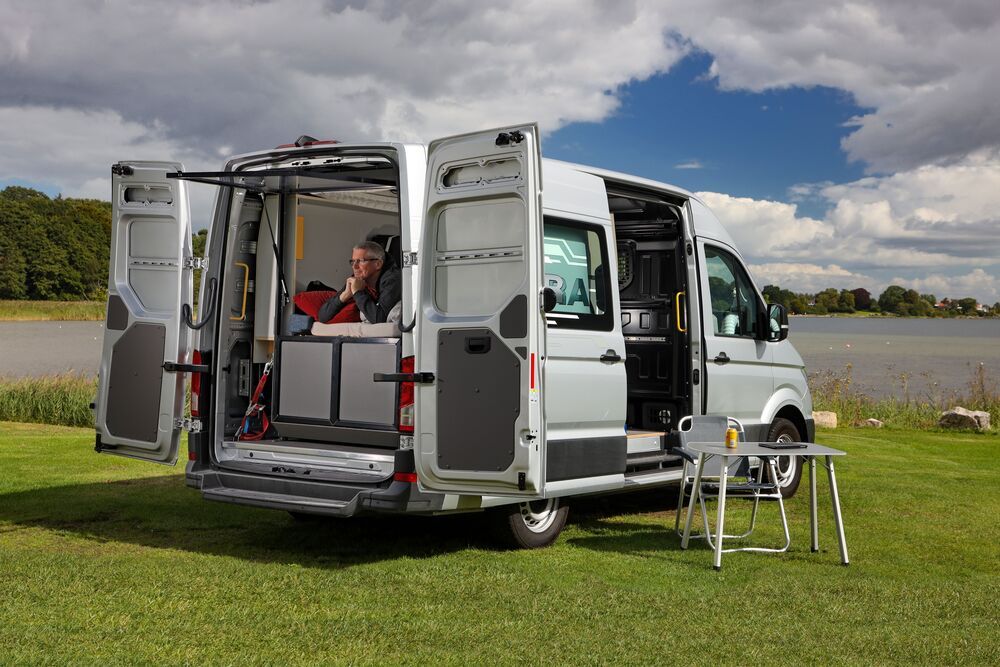We received multiple reports last night via Twitter of low-flying helicopters in the area, but they were not the recently reported police, news, or Department of Energy air traffic.




Gonzalez thinks that Tesla taxis could help reinvigorate the city’s yellow-cab industry, which has taken a major hit from ride-hailing services like Uber, Via, and Lyft. He also predicts that the city could, for sustainability reasons, start mandating electric cabs, so he’s looking to get ahead of the curve, even if the commercial charging infrastructure isn’t quite there yet.
Drive Sally plans to bring hundreds of Teslas to New York’s streets in the near future, but for now, the company is still working out the kinks. Gonzalez suspects that the EVs may be better suited for for-hire “black cars” than yellow cabs, and he also said that the more-spacious Model Y would likely work better as a cab than the Model 3, but they’re still too expensive.

The year is coming to a close and it’s safe to say Elon Musk’s prediction that his company would field one million “robotaxis” by the end of 2020 isn’t going to come true. In fact, so far, Tesla’s managed to produce exactly zero self-driving vehicles. And we can probably call off the singularity too. GPT-3 has been impressive, but the closer machines get to aping human language the easier it is to see just how far away from us they really are.
So where does that leave us, ultimately, when it comes to the future of AI? That depends on your outlook. Media hype and big tech’s advertising machine has set us up for heartbreak when we compare the reality in 2020 to our 2016-era dreams of fully autonomous flying cars and hyper-personalized digital assistants capable of managing the workload of our lives.
But, if you’re gauging the future of AI from a strictly financial, marketplace point of view, there’s an entirely different outlook to consider. American rock band Timbuk 3 put it best when they sang “the future’s so bright, I gotta wear shades.”

The company is working towards safety certification by 2025 and commercial operations by 2030, it has said.
Canada’s TransPod and Spain’s Zeleros also aim to upend traditional passenger and freight networks with similar technology they say will slash travel times, congestion and environmental harm linked with petrol-fuelled machines.
High-speed pods could eventually make New York-Washington trip in 30 minutes.


Have no fear: the Jolly Green II is finally here.
The Air Force officially took possession of its first two HH-60W Jolly Green II combat rescue helicopters at Moody Air Force Base last week, the service announced.
23rd Wing and 347th Rescue Group leadership took receipt of the new helos after they were flown from Lockheed Martin’s Sikorsky Training Academy in Connecticut to Moody AFB in Georgia by Air Force personnel.

A group of five companies including the Japanese unit of IBM Corp are currently developing an artificial intelligence suitcase to assist visually impaired people in traveling independently, with a pilot test of a prototype conducted at an airport in Japan earlier this month.
The small navigation robot, which is able to plan an optimal route to a destination based on the user’s location and map data, uses multiple sensors to assess its surroundings and AI functionality to avoid bumping into obstacles, according to the companies.
At the pilot experiment held on Nov 2, the AI suitcase was able to successfully navigate itself to an All Nippon Airways departure counter after receiving a command from Chieko Asakawa, a visually impaired fellow IBM overseeing the product’s development.

All-electric camper vans are still quite rare. Those that are available tend to be designed for camping and commuting locally, not road-tripping indefinitely. But VW fanatic Frank Eusterholz had different ideas. He threw a PlugVan camper module into the e-Crafter cargo van and hit the road … the long road. Eusterholz’s 7,500-km (4,660-mile) journey sent him highway-cruising, switchback-climbing and island-hopping across Europe, from VW van HQ Hannover, Germany to the northernmost tip of Continental Europe. His journey serves as an inspiring early look at the electric RVing possibilities that will only grow with time.
Electric camper vans have been available for years, but a practical version with enough range always seems just a few years off. Next-generation EV campers from the Rivian R1T overland truck to VW’s own ID. Buzz promise more practical ranges and capabilities, but for now e-campers remain limited to small, modest-range minis like the Sussex e-NV200 Camper Car.
In an announcement released last month, Volkswagen painted a different picture of electric camper van touring. It described the story of 54-year-old Frank Eusterholz, a longtime EV driver determined not to let the modest ranges of contemporary electric vans deter him from EV van life. A resident of Samsø, a Danish island that’s been committed to sustainable energy for decades, Eusterholz considered the e-Crafter a natural vehicle choice, and the perfect camper base.
